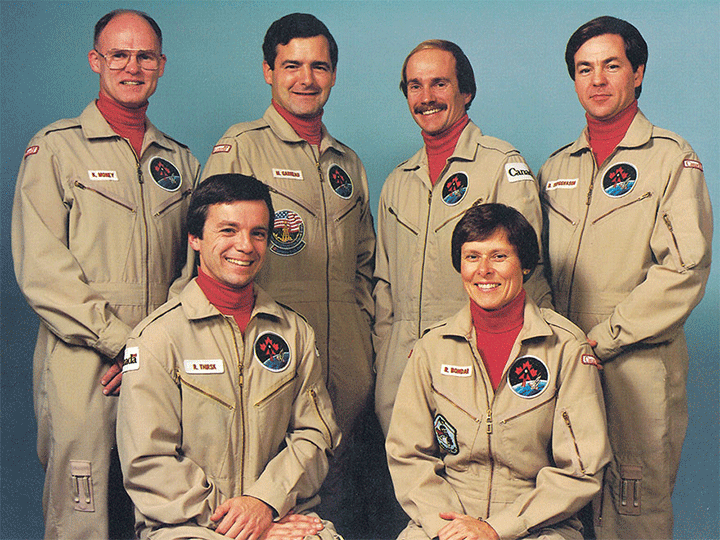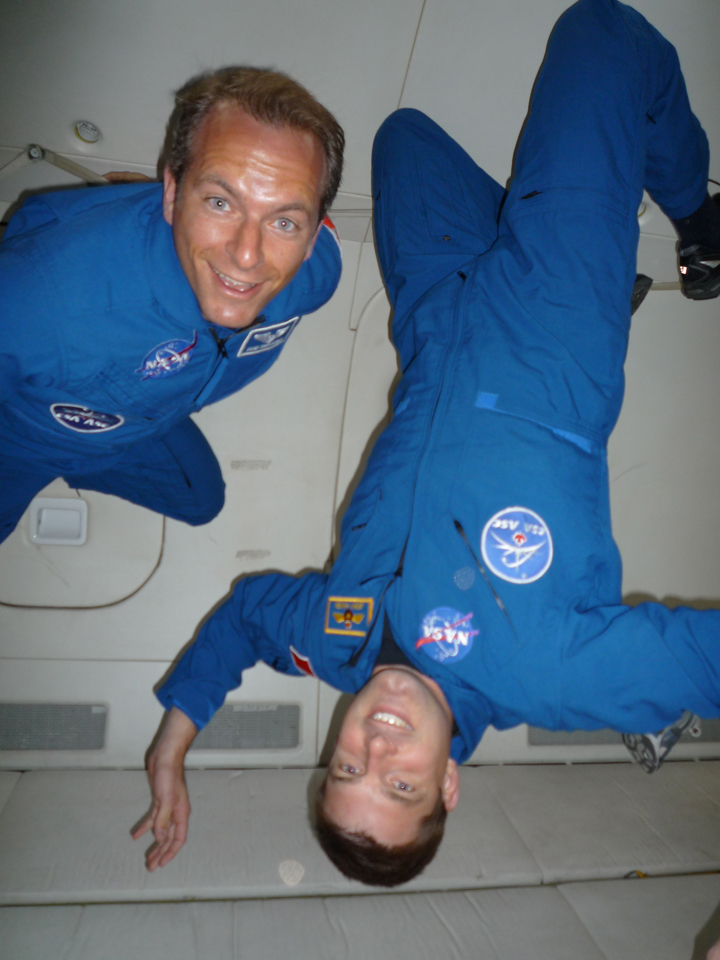So you want to be an astronaut. Do you have what it takes?

Friday morning, Navdeep Bains, Minister of Innovation, Science and Economic Development, announced that the Canadian Space Agency has begun accepting applications for new astronauts.
READ MORE: Canadian Space Agency launches astronaut recruitment program
While many people fantasize about being an astronaut, it takes a lot of hard work.
Who can apply?
Applications are open to Canadian citizens at home or abroad, though the Canadian Space Agency says preference will be given to those living in Canada.
The applicant must also speak English or French, but, of course, if you speak both, it is considered an asset.
READ MORE: David Saint-Jacques to be next Canadian astronaut in space
As for education, it’s all about science. Applicants need to have a bachelor’s degree in engineering or science, such as physics, biology chemistry, etc. If you don’t have that, you could fall back on your doctorate in medicine or dentistry.
And, along with the educational qualifications, you’ll need at least three years of “relevant professional experience.”
There are, of course, physical requirements as well. There is a height requirement of between 149.5 cm and 190.5 cm (4’10” and 6’3″), and you must weigh between 50 kg and 95 kg (110 lbs and 209 lbs). As well, you must have 20/20 vision (uncorrected or corrected) and not be colour-blind.
Training
So you meet all the requirements, and beating the odds, you’ve been chosen to join the CSA’s astronaut corps. Now what?
Once chosen, you begin basic training. This includes an orientation to the CSA, learning about the history of spaceflight, space operations, the International Space Station system, and other sciences.
Canadian astronaut Jeremy Hansen explained what the next two future candidates can expect.
“They’ll be moving down to Houston, Texas, in August 2017, and they’re going to join the NASA class of astronauts,” Hansen said. “And they’ll go through approximately a two-year astronaut candidate training flow. During that two-year training flow they’ll be exposed to the primary skill-set of being an astronaut.
“They’ll learn how to go on spacewalks, they’re going to learn how to use Canadarm, they’re going to learn all about the space station space systems and how to maintain them and repair them. They’re going to learn about doing science in space. Really, the list goes on. They’re going to learn to fly, if they don’t already.
“It’s a pretty action-packed two years.”
While it certainly is a lot of hard work, there are some pretty exciting things to expect with training, aside from learning to fly.
In order to prepare for spacewalks, astronauts train at the Johnson Space Center’s Neutral Buoyancy Laboratory in Houston. There, they are fitted into a spacesuit and placed underwater. It is the best we can do here on Earth to simulate what it will be like in low-Earth gravity. Hansen said that astronauts can expect at least 10 days of training lasting six hours a day.
WATCH: Canadian astronauts Jeremy Hansen and David Saint-Jacques talk ‘rapid’ change in Canada’s space program

“It is very, very physical. It’s almost counter-intuitive, you think ‘oh, you’re floating in space; how hard can it be,’ but it’s gruelling. It takes a lot of willpower and physical strength. And then it’s mentally exhausting.”
“It’s definitely the hardest thing we do.”
Flight training is used to teach future astronauts to adapt to the small space of a cockpit as well as making quick decisions literally, on the fly.
WATCH: Canadian astronauts Jeremy Hansen and David Saint-Jacques explain why piloting planes is an integral part of astronaut training.

Then there are parachute jumps and survival training exercises.
Even after the initial training, the astronauts continue to learn new skill sets as well as hone their skills. You’ll even learn Russian (as, currently, astronauts go to space on a Russian Soyuz rocket).
“You never stop learning,” said Hansen.
Space mission simulations
In order to train for future missions, astronauts are put in conditions that might be found in space — or even on another planet.
There is the Cooperative Adventure for Valuing and Exercising Human Behaviour and Performance Skills (CAVES) training, for example. Astronauts spend one week four kilometres underground.
The training, developed by the European Space Agency (ESA), is international in scope, with astronauts attending from around the world. The goal is to teach astronauts what it will be like to live in an isolated environment, how to work efficiently as a group and tackle various complex scientific tasks.
READ MORE: Canadian astronaut Jeremy Hansen heads underground
Then there is also underwater training.
WATCH: Canadian astronaut Jeremy Hansen discusses his underwater mission
Training to become an astronaut goes on for years. There is never a dull moment, Hansen said.
“I can’t remember the last time I was bored.”
So any advice to people who are applying to become part of the next astronaut corps?
“Bring your best self to the recruitment,” Hansen said. “Get ready for an amazing ride. It’s an awesome job.”





Comments